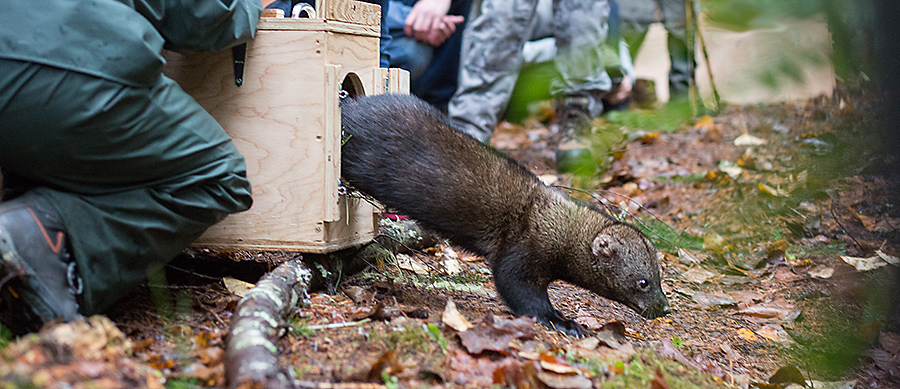Species‐Level Conservation

With this chapter, we transition to applied conservation. We will begin with conservation approaches tailored to the needs of individual species, often referred to as “fine-filter” methods. Because of knowledge and capacity constraints, only a small subset of species, referred to as “focal species,” receive such individualized attention (Box 6.1). Conservation approaches designed to support biodiversity in general are referred to as “coarse-filter” methods and they are the subject of Chapter 7.
Box 6.1. The Coarse Filter, Fine Filter, and Focal Species
The coarse-filter/fine-filter approach to conservation was initially developed in the context of protected area planning (Hunter et al. 1988). The coarse-filter approach entailed protecting a representative sample of broad ecosystem types, thereby supporting the habitat needs of most species. The fine-filter approach was intended to protect species that slipped through the metaphorical coarse filter because of unique habitat requirements. Today, these terms are used more loosely, often simply indicating the scale of conservation effort: individual species versus overall biodiversity (Tingley et al. 2014). Strictly speaking, it is best to refer to the targets of species-level conservation as focal species because these species are not limited to those “missed” by the coarse filter.
Focal species are selected because of their ecological or social importance, and they come in a variety of overlapping forms (Lambeck 1997; Noss 2003):
- Species at risk. These are species that have been formally designated as threatened, endangered, or at risk under federal or provincial legislation. The Vancouver Island marmot and eastern wolverine are examples.
- Keystone species. Keystone species have a disproportionately large effect on their environment relative to their abundance. They play an essential role in determining the structure, function or productivity of an ecosystem. Beavers and prairie dogs are examples.
- Sensitive species. These are species that are uniquely sensitive to habitat disturbance and are thus dependent on habitat protection. Habitat specialists like the black-backed woodpecker and brown creeper are in this category.
- Flagship species. These are charismatic species with popular appeal that serve as symbols and rallying points for stimulating conservation awareness and action. Woodland caribou and the giant panda are examples.
- Game species. Species that are hunted, fished, or trapped are often included as focal species because of their utilitarian value. The mallard duck and moose are examples.
- Umbrella species. Umbrella species have large area requirements and therefore use many different habitat types. They are selected as focal species because of their ability to represent the habitat needs of many other species. Grizzly bears and wolves are examples.
There are three main forms of focal species conservation. The oldest form involves the management of species that are harvested, and it places an emphasis on utilitarian values. The focus is on harvest management, with the aim of maintaining sustainable populations while maximizing the flow of benefits (Passelac-Ross 2006). Responsibility for this form of conservation rests mainly with provincial fish and wildlife departments and forestry departments, working under provincial legislation. The federal government has a lead role in the management of migratory birds, fisheries, and wildlife on lands under federal jurisdiction.
The second form of focal species conservation is concerned with the identification and management of species at risk. Responsibility for management is shared between the federal and provincial governments under the federal Species at Risk Act (SARA) and related provincial legislation. The emphasis is on species recovery, with the objective of achieving self-sustaining populations.
Lastly, conservation of focal species occurs in the context of resource management and land-use planning, usually in conjunction with generic coarse-filter measures. Responsibility for this form of management is shared between provincial governments and land users (particularly industrial operators), as directed under provincial biodiversity policies. The objectives vary by species and by management area, but the general aim is to maintain natural levels of abundance, to the extent possible given competing socio-economic objectives.
We will begin this chapter by reviewing the ecological theory that underpins species-level conservation and examining how field data and models are used to support applied conservation. We will then consider the practical aspects of species management, including both planning and “hands-on” activities. Our focus will be on approaches tailored to individual species, rather than broad landscape-level approaches, which are the subject of Chapter 7. We will conclude the chapter with an examination of the trade-offs inherent in species-level conservation and the approaches available for dealing with these trade-offs.
This chapter, through to Chapter 8, describes conservation as it is generally practiced today. Once this foundation is in place, we will turn, in Chapter 9, to the refinements to conventional practices needed to accommodate climate change.

